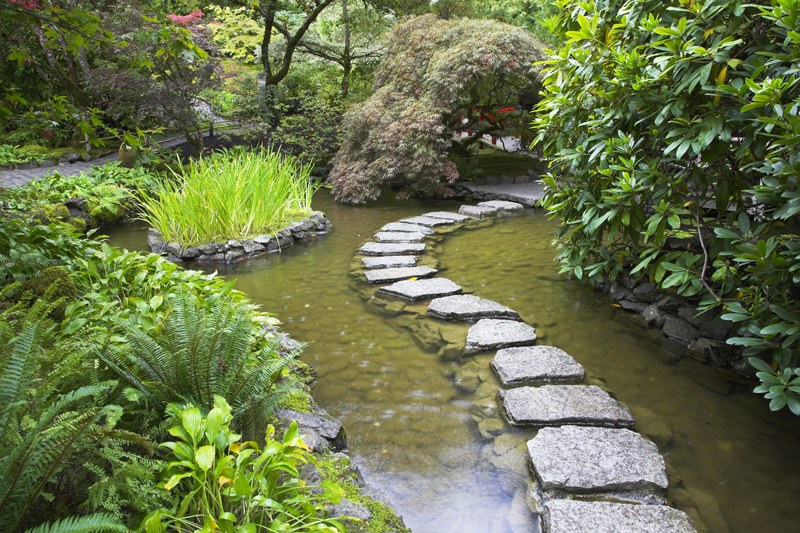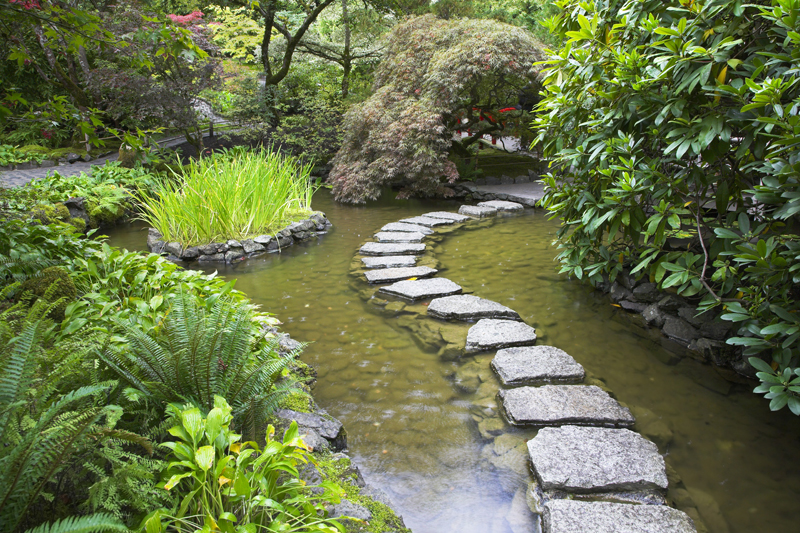The Fritillarias

Several species of fritillarias are in cultivation. These are an ideal choice for pollinator gardens.
The plant size, flower color and shape can vary widely from one species to another. Assuming the plants are given good growing conditions, these plants can be quite spectacular. For the most part, most fritillarias prefer full sun to part shade. The hardiness can vary by species.
They must have a moist, well drained soil. Never allow them to dry out during the summer. For best results, plant these bulbs as soon as you get them. They tend to dry out pretty quickly.
The fritillarias have alternate foliage that is up to six inches in length. The
plant size can vary slightly according to the species and variety. However, most are one to four feet tall.
The bloom time of these plants is typically April and May, although this can vary slightly according to the location. The flowers are mostly bell-like. These are sources of nectar and pollen for pollinators.
The following species of fritillarias are recommended for pollinator gardens.
Black fritillary (Fritillaria persica)
This species is hardy to zone five. This has very dark colored blossoms that are rich purple-violet to almost black with other shades providing some contrast including yellow, red, or orange. These also feature leafy bracts as well.
Snake’s head Fritillary
This is also called snake’s head or checkered guinea hen flower. It is my favorite of all the fritillarias. Native to Europe, this species can be found in damp woods. it is hardy to zone three or four. It is a good choice for planting in short grass.
This bulb is poisonous. Snake’s head lily is recommended for rock gardens. This erect species reaches one to 1½ feet in height.
This species is rather sparsely leaved. The narrow, oblong to linear leaves are three to six inches in length. The stem leaves do differ from the others.
Generally, snake’s head lily blooms are either solitary blooms or in threes. The bell-like blooms are up to 1½ inches in length on 1½ foot tall flower stalks. Three inches wide, the mottled purple or maroon blooms are checkered, which makes them appear multi-colored.
Flowering is usually in April and May. The blooms are a good source of nectar and pollen. There is a variety of this with yellow and white blossoms as well as one with grayish-silver blossoms.
This bulb should be planted four to six inches deep.
Crown Imperial (Fritillaria imperialis)
Crown imperial is native to India and Iran. It is hardy to zone five.
This very leafy plant typically has a terminal whorl of leaves above the blossoms. Crown imperial can reach two to four feet in height.
The plant can release a rather smelly odor. The stem is covered with purple spots. The lance-like leaves are most frequently found on the lower two-thirds of the stem.
Crown imperial blooms in early spring. These blossoms are quite elaborate and very impressive, which likely explains why it is said to be the most widely cultivated fritillary species of all. Despite its good looks, apparently the flowers seem to yield slightly less pollen and nectar than the other fritillarias.
Flowering typically takes place in March and April. These are around two inches in length. The blooms can be purple, yellow, or red. The flower segments are deeply veined.
The flowers are a favorite of bumblebees. The blooms are borne in umbels. Each umbel contains six to eight individual blooms that become a ring of flowers.
This bulb should be planted eight inches deep. It needs a rich, well drained soil. This is suited to full sun and part shade.
The plant size, flower color and shape can vary widely from one species to another. Assuming the plants are given good growing conditions, these plants can be quite spectacular. For the most part, most fritillarias prefer full sun to part shade. The hardiness can vary by species.
They must have a moist, well drained soil. Never allow them to dry out during the summer. For best results, plant these bulbs as soon as you get them. They tend to dry out pretty quickly.
The fritillarias have alternate foliage that is up to six inches in length. The
plant size can vary slightly according to the species and variety. However, most are one to four feet tall.
The bloom time of these plants is typically April and May, although this can vary slightly according to the location. The flowers are mostly bell-like. These are sources of nectar and pollen for pollinators.
The following species of fritillarias are recommended for pollinator gardens.
Black fritillary (Fritillaria persica)
This species is hardy to zone five. This has very dark colored blossoms that are rich purple-violet to almost black with other shades providing some contrast including yellow, red, or orange. These also feature leafy bracts as well.
Snake’s head Fritillary
This is also called snake’s head or checkered guinea hen flower. It is my favorite of all the fritillarias. Native to Europe, this species can be found in damp woods. it is hardy to zone three or four. It is a good choice for planting in short grass.
This bulb is poisonous. Snake’s head lily is recommended for rock gardens. This erect species reaches one to 1½ feet in height.
This species is rather sparsely leaved. The narrow, oblong to linear leaves are three to six inches in length. The stem leaves do differ from the others.
Generally, snake’s head lily blooms are either solitary blooms or in threes. The bell-like blooms are up to 1½ inches in length on 1½ foot tall flower stalks. Three inches wide, the mottled purple or maroon blooms are checkered, which makes them appear multi-colored.
Flowering is usually in April and May. The blooms are a good source of nectar and pollen. There is a variety of this with yellow and white blossoms as well as one with grayish-silver blossoms.
This bulb should be planted four to six inches deep.
Crown Imperial (Fritillaria imperialis)
Crown imperial is native to India and Iran. It is hardy to zone five.
This very leafy plant typically has a terminal whorl of leaves above the blossoms. Crown imperial can reach two to four feet in height.
The plant can release a rather smelly odor. The stem is covered with purple spots. The lance-like leaves are most frequently found on the lower two-thirds of the stem.
Crown imperial blooms in early spring. These blossoms are quite elaborate and very impressive, which likely explains why it is said to be the most widely cultivated fritillary species of all. Despite its good looks, apparently the flowers seem to yield slightly less pollen and nectar than the other fritillarias.
Flowering typically takes place in March and April. These are around two inches in length. The blooms can be purple, yellow, or red. The flower segments are deeply veined.
The flowers are a favorite of bumblebees. The blooms are borne in umbels. Each umbel contains six to eight individual blooms that become a ring of flowers.
This bulb should be planted eight inches deep. It needs a rich, well drained soil. This is suited to full sun and part shade.

Related Articles
Editor's Picks Articles
Top Ten Articles
Previous Features
Site Map
Content copyright © 2023 by Connie Krochmal. All rights reserved.
This content was written by Connie Krochmal. If you wish to use this content in any manner, you need written permission. Contact Connie Krochmal for details.



